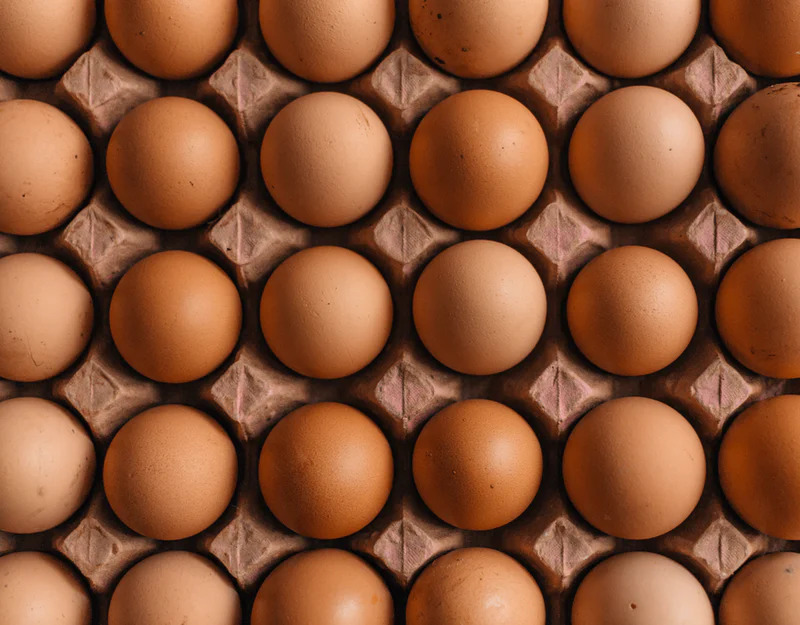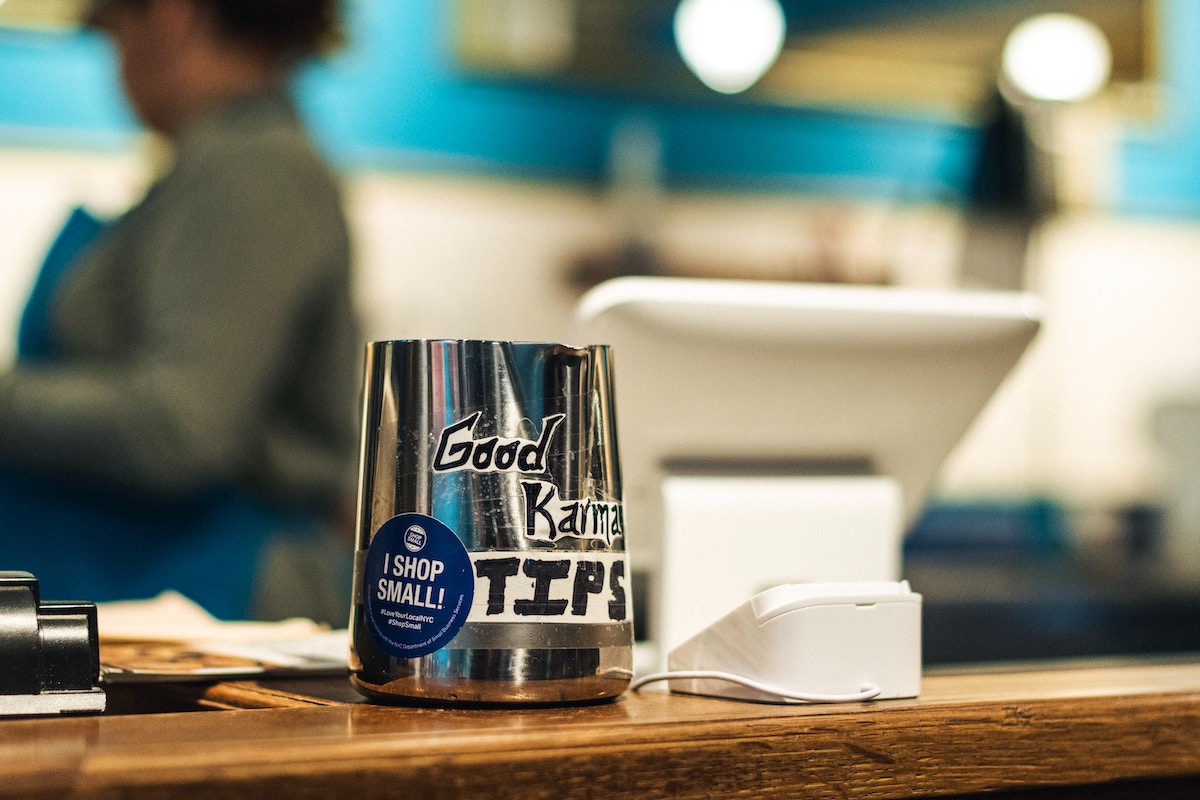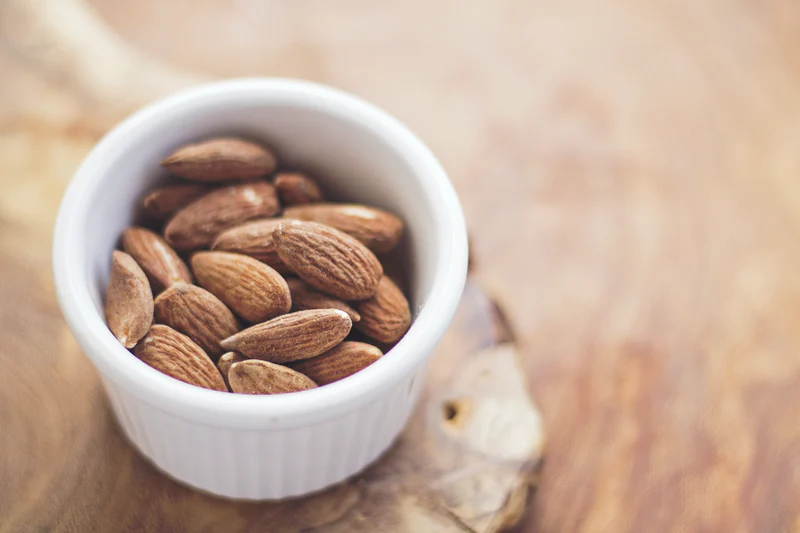First step to hazard prevention is knowledge Food Businesses & Food Hazards [With Steps & Examples]

Every year, 2.4 million cases of foodborne illnesses occur in the UK. And most of them are preventable. This is why your food and catering business should always practice the food safety laws that apply to you.
The four main types of food hazards are microbiological, chemical, physical, and allergenic. Having a basic knowledge of each of these hazards and how they’re present in your workplace can help you avoid contaminating the food you produce.
Read on to learn about each food hazard and examples.
Microbiological Hazards
Microbiological food hazards occur when food is contaminated by microorganisms. There are different types of microorganisms - many of which cause us no harm - that can be found in and on food, water, air, animals, and our human bodies. However, there are two main types of harmful microbiological hazards: bacteria and viruses.
Several other factors cause the growth of dangerous bacteria, such as temperature, pH levels, and moisture. The Danger Zone is the name given to temperatures between 8℃ - 60℃ (40℉ - 140℉)as they are the optimal temperatures for bacterial growth. Food should be kept out of the Danger Zone as much as possible to avoid microbiological contamination.
Additionally, the acidity or pH level of the food product can stimulate or prevent microbial growth, as warmer and wetter environments are ideal for them. Food products that are ideal for bacterial growth are moist and rich in protein and are referred to as ‘high-risk’ foods. Food products that make bacterial growth difficult are called ‘low-risk foods and include food that is dried, preserved or pickled.
Here are a few examples of the microbiological food hazards and the food products that may contain them:
Microbiological Examples
HazardExamples
Salmonella (bacteria)Eggs, poultry, meat, vegetables, spices, fruits, cheese, nuts and unpasteurised milk
Norovirus (virus)Shellfish, ready-to-eat meals and raw vegetables
Campylobacter (bacteria)Raw & undercooked meat and contaminated water
E. coli (bacteria)Underbooked beef, raw fruits & vegetables, raw milk and cheeses
Listeria (bacteria)Ready-to-eat meals, unpasteurised milk and hotdogs
Closttridium perfringens (bacteria)Beef, poultry and gravies
Hazard Prevention
The way for you to prevent microbiological food hazards is to establish suitable preparation and storage practices, such as thorough cooking, and freezing and refrigerating foods at the correct temperature. Also, all food handlers should display high standards of personal hygiene and cleanliness, such as handwashing and regularly disinfecting work surfaces and equipment to prevent cross-contamination.
Chemical Hazards
Chemical food hazards are foodstuffs exposed to harmful substances - such as natural toxins or cleaning agents. Types of chemical hazards include naturally occurring ones like mycotoxins, intentional ones like the preservative, sodium nitrate, and unintentionally added chemicals such as pesticides.
Here are a few examples of chemical hazards and foods that may contain them:
Chemical Examples
HazardExamples
Mycotoxins (Fungi)Grains, nuts, oilseeds, fruits, dried fruits, cocoa, wine beer and spices
Natural ToxinsPlants in alcohol, fruit seeds, wild mushrooms, potatoes and kidney beans
Marine ToxinsFish and shellfish
Environmental ContaminantsArsenic, lead and mercury in water, soil and air
Food AdditivesColour additives, flavour enhancers, emulsifiers and preservatives
Hazard Prevention
Effective cleaning and hygiene procedures prevent food safety hazards in the food industry, but your employees should also be trained in safely using any chemicals and always follow the manufacturer’s instructions for dilution ratio and contact time. You should never use chemicals near uncovered food and store them in sealable and labelled containers in a different location from food.
Physical Hazards
Physical hazards are foreign objects found in food products and are a serious health risk, as they can cause choking, cuts to the mouth or digestive system, or broken teeth. They come from a range of sources and can occur during any stage of the food production process.
Physical hazards can be separated into two categories - natural and unnatural hazards. Natural hazards are common during the production and processing stages, such as fruits and vegetables being harvested, and fish being caught and filleted. Whilst, unnatural hazards are often present in the processing, distribution, storage and preparation stages - when food handlers engage with the product and are moving it to different environments.
Here are two types of physical hazards broken down with examples:
Physical Examples
HazardExamples
NaturalFruit stems, microscopic airborne debris, dirt on root vegetables, meat bone and nutshells
UnnaturalInsects, hair, plastic, glass, wood, stones and metal
Hazard Prevention
To prevent physical hazards, you need to perform inspections and comply with the food safety regulations in place using a food safety management system based on Hazard Analysis Critical Control Points (HACCP) principles. You should also always use reputable suppliers and store food safely and securely.
Allergenic Hazards
Allergenic hazards are allergens present in our food that cause mild to serious reactions, including rashes and anaphylactic shock, triggered by an abnormal immune system response. There are numerous cases of allergic reactions across the UK, with an average of 10 fatalities per year according to the FSA. This includes the tragic story of Natasha Ednan-Laperouse, who died after eating a sandwich containing sesame, which influenced the creation of Natasha’s Law and a change in food packaging labelling.
The trace or dust of the food or ingredient can make someone who suffers from food allergies severely ill. Hence, it is your responsibility to properly identify and communicate the allergens to customers to ensure they know what they’re eating. Within the UK & EU, 14 identified allergens must be highlighted on menus and packaging, and these can be ingredients to a dish or a whole food itself.
Here are all 14 allergens and some examples of dishes or food products that contain them:
Allergen Examples
HazardExamples
EggsCakes, sauces, quiches and pastries
FishSalad dressing, pizzas and sauces
MilkButters, yoghurts, cheeses, creams, milk powder and creams
Peanuts (groundnuts, legumes)Biscuits, cakes, curries, desserts, sauces and oil
Celery (leaves, seeds, roots, stalks)Salads, soups, salt and stock cubes
Mustard (seeds, powder, liquid)Bread, curries, marinades, meat, salad dressing, sauces and soups
Sesame (seeds)Bread, curries, sauces, humous, oil and salads
Lupin (flower, seeds)Flour, bread, pastas, pastries, and vegetable pods
SoybeanTofu, miso, flour, sauces, soya milk, desserts, yoghurt and ice cream
Cereals (wheat, rye, barley, oats)Flour, batter, baking powder, bread, pasta, sauces, pastries and couscous
Molluscs (oysters, snails, mussels)Stews and sauces
Sulphur dioxide & sulphiteWine, dried fruits, soft drinks, meat and vegetables
Crustaceans (crabs, prawns, lobsters)Sauces and pastes
Tree nuts (walnuts, cashews, almonds, pecans, pistachios, etc.)Bread, biscuits, curries, powders, desserts, oil and crackers
Hazard Prevention
To limit the possibility of allergenic hazards, food handlers should wash their hands regularly to avoid cross-contamination by using separate equipment and utensils for preparation and storing allergenic foods. Menus and labelling should highlight all allergenic ingredients, or if the dishes can be made with allergy-free ingredients.
Common Tips
Alongside the four main food hazards, two other factors can also be dangerous to your food.
Time & Temperature
Exposing food to the Danger Zone (8℃ - 60℃/40℉ - 140℉) for unsuitable lengths of time can increase bacterial growth to dangerous levels and cause food poisoning. Food should always be cooked and reheated to suitable temperatures for certain lengths of time to kill present microorganisms, and food should be stored at the correct temperatures to avoid bacterial growth.
Cross-Contamination
Cross-contamination is the transference of harmful bacteria or substances from one location to another. A common concern is the spread of pathogenic bacteria from raw food, such as poultry, to ready-to-eat food, such as salad. This is why it is extremely important to store ready-to-eat and raw foods separately, use different workspaces, utensils and equipment when preparing different types of food, and ensure thorough cleaning and disinfection.
Overall, you and your team should constantly practice high standards of food safety and hygiene to prevent food from being contaminated in your workplace. By ensuring your team knows and understands food safety hazards, you can do everything you can to keep food and consumers safe.
If you are interested in updating your team’s knowledge on food hygiene and safety, sign up to our online training platform or purchase course bundle packs.
From the blog



